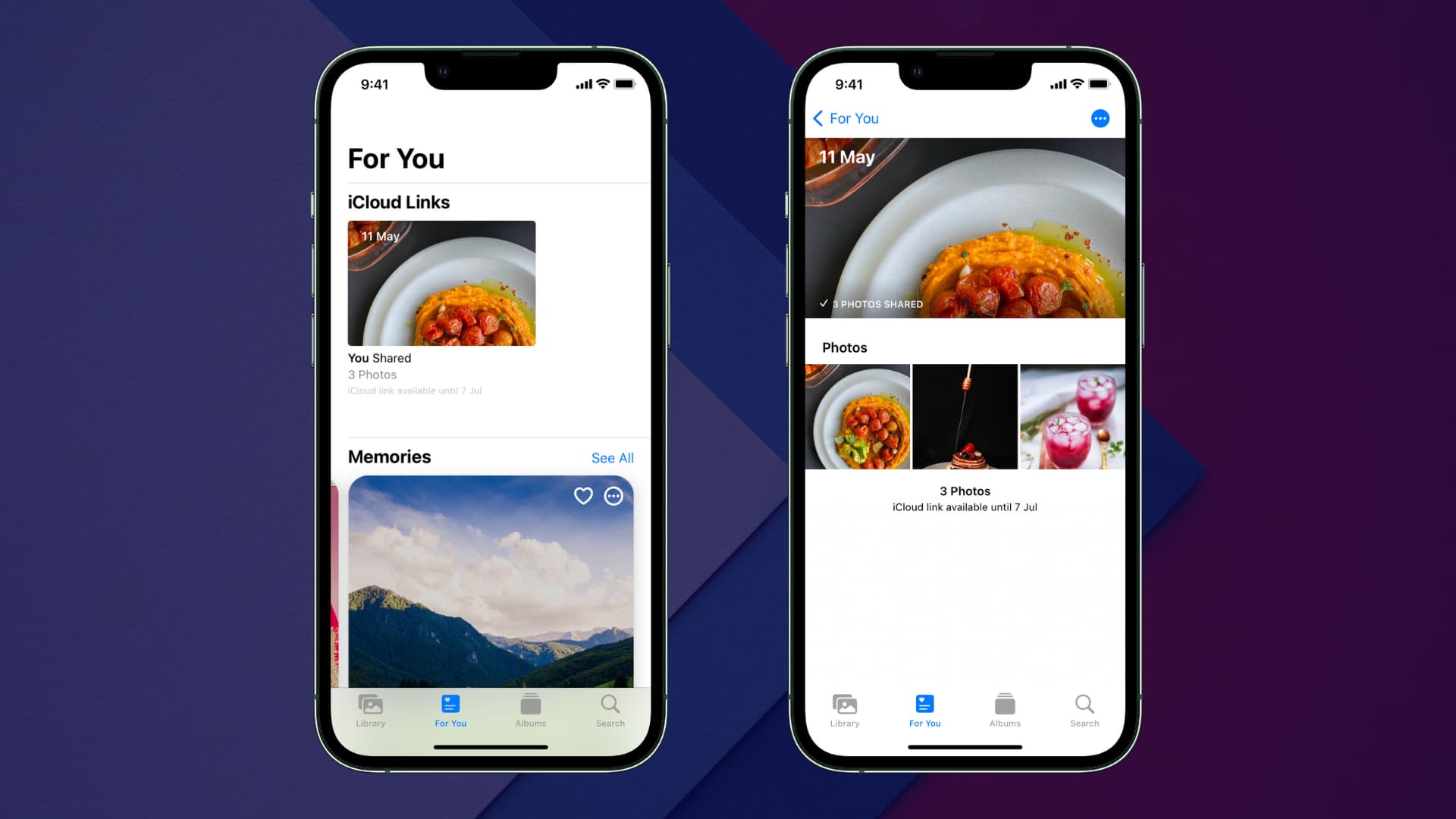
Understanding the Issue
Sharing pictures between an iPhone and an Android device often presents challenges due to differing messaging protocols. iPhones use iMessage for Apple-to-Apple communication, while Android devices rely on MMS for multimedia content.
iMessage vs. MMS
iMessage, Apple's proprietary service, allows seamless sharing of messages, photos, videos, and more between Apple devices. However, when sending a picture to an Android device, the iPhone switches to MMS, which can cause compatibility issues.
Common Issues
-
Blurry Images
- Compression: SMS or MMS compress images to reduce file size, leading to blurry or low-resolution pictures.
- Resolution Difference: Different resolutions on iPhones and Android devices can cause quality loss during transfer.
-
Inability to Send Pictures
- MMS Settings: If MMS isn't enabled on the iPhone, sending pictures to non-iOS devices becomes impossible.
- Network Connection: Weak or unstable cellular data can prevent MMS messages from being sent or received.
- Software Bugs: Outdated or glitchy software on the iPhone might affect MMS functionality.
- Blocked Contacts: The recipient's number might be blocked on the sender's phone.
- Recipient's Phone Issues: Problems with the recipient's device, such as issues receiving MMS or full storage, can also be a factor.
-
File Size and Type
- Some carriers impose limits on MMS message sizes. Compressing the image or sending a smaller file can resolve this.
- Ensuring the file type is supported by both devices is crucial.
-
Carrier Restrictions
- Carrier plans and settings can impact picture sharing. Ensuring your carrier plan supports MMS and having good cellular coverage is essential.
Troubleshooting Steps
1. Check Network Settings
Ensure your iPhone connects to a stable cellular or Wi-Fi network. Inconsistent connectivity can impede MMS transmission. Navigate to your device’s settings, select “Cellular” or “Wi-Fi,” and verify a strong connection.
2. Adjust MMS Messaging Settings
Ensure MMS Messaging is toggled on in your iPhone’s settings. This step ensures your device is configured to send MMS.
- Steps to Enable MMS:
- Open the Settings app.
- Tap on “Messages.”
- Toggle the switch next to “MMS Messaging” to enable it.
3. Verify Android MMS Settings
Collaborate with your Android recipient to confirm their device’s MMS settings.
- Steps for Android:
- Open the messaging app.
- Tap the three-dot menu icon.
- Select “Settings” or “Advanced settings.”
- Locate “Multimedia” or “MMS” within the settings.
- Confirm the MMS option is enabled.
- Access “Access Point Names (APN)” in device settings and ensure the APN settings match your carrier’s recommendations.
- Send a test MMS to confirm functionality.
4. Restart Your iPhone
Restarting your iPhone can resolve many issues, including those with iMessage.
- Steps to Restart:
- Go to Settings > General > Shut Down.
- Drag the slider from left to right to turn off your iPhone.
- Wait 30 seconds after the screen turns black.
- Hold the Side button until the Apple logo appears.
5. Update iOS Version
Outdated software can cause compatibility issues with MMS. Ensure your iPhone’s iOS version is up-to-date by going to Settings > General > Software Update.
6. Reset Your iPhone
Consider resetting your iPhone if restarting doesn’t work. This restores it to factory settings, potentially resolving software bugs.
- Steps for Resetting:
- Go to Settings > General > Reset.
- Select “Reset All Settings” or “Erase All Content and Settings.”
7. Check for Carrier Settings Updates
Carrier settings can sometimes cause MMS issues. Ensure you have the latest carrier settings by going to Settings > General > About.
8. Use Third-Party Apps
Consider using third-party apps that support cross-platform sharing without quality loss. Apps like Signal or WhatsApp provide a seamless experience for sharing high-quality images between different devices.
Additional Solutions
Using Google Photos
Google Photos offers an auto-fix tool to improve image quality without increasing resolution.
- Steps for Enhancing Images:
- Open Google Photos on your Android device.
- Select the blurry image.
- Tap the three-dot menu icon.
- Choose “Enhance” from the menu.
Using Samsung Remaster Function
Samsung devices have a remaster function in the Gallery app to improve image quality.
- Steps for Remastering Images:
- Open the Samsung Gallery app.
- Select the blurry image.
- Tap the three-dot menu icon.
- Choose “Remaster” from the menu.
Uploading Photos to Cloud Services
Ask friends to upload photos to a cloud service like Google Photos or iCloud and share the link. This way, you can download original quality images directly from the cloud service.
